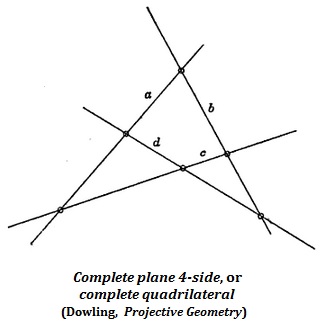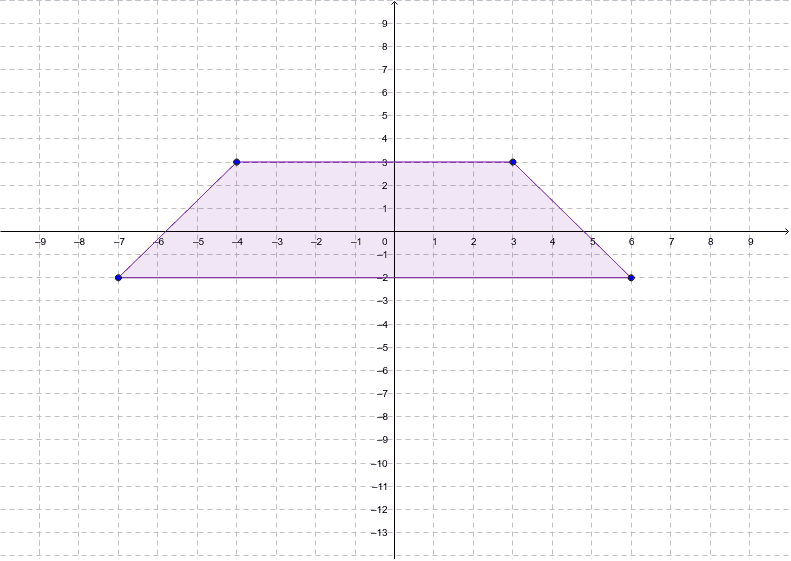
More generally, any two circles are similar − move one circle so that its centre coincides with the centre of the other circle, then apply an appropriate enlargement so that it coincides exactly with the second circle.Ī circle forms a curve with a definite length, called the circumference, and it encloses a definite area. Īny two circles with the same radius are congruent− if one circle is moved so that its centre coincides with the centre of the other circle, then it follows from the definition that the two circles will coincide. The plane has this property except for lines.ĮXERCISE 1 a Identify all translations, rotations and reflections of the plane that map a line onto itself.ī Which of the transformations in part a map a particular point P on to another particular point Q on. The same as every other point on the circle − no other figure in Thus every point on a circle is essentially It can also be done by a reflection in the diameterĪOB bisecting POQ. This canīe done by a rotation through the angle θ = POQ about Thus every diameter of the circle is an axis of symmetry.Īs a result of these symmetries, any point P on a circleĬan be moved to any other point Q on the circle. Reflection in the line AOB reflects the circle onto itself.



The logic becomes more involved − division into cases is often required, and results from different parts of previous geometry modules are often brought together within the one proof. They clearly need to be proven carefully, and the cleverness of the methods of proof developed in earlier modules is clearly displayed in this module. The theorems of circle geometry are not intuitively obvious to the student, in fact most people are quite surprised by the results when they first see them. Tangents are introduced in this module, and later tangents become the basis of differentiation in calculus. Lines and circles are the most elementary figures of geometry − a line is the locus of a point moving in a constant direction, and a circle is the locus of a point moving at a constant distance from some fixed point − and all our constructions are done by drawing lines with a straight edge and circles with compasses. \begin.Most geometry so far has involved triangles and quadrilaterals, which are formed by intervals on lines, and we turn now to the geometry of circles.


 0 kommentar(er)
0 kommentar(er)
